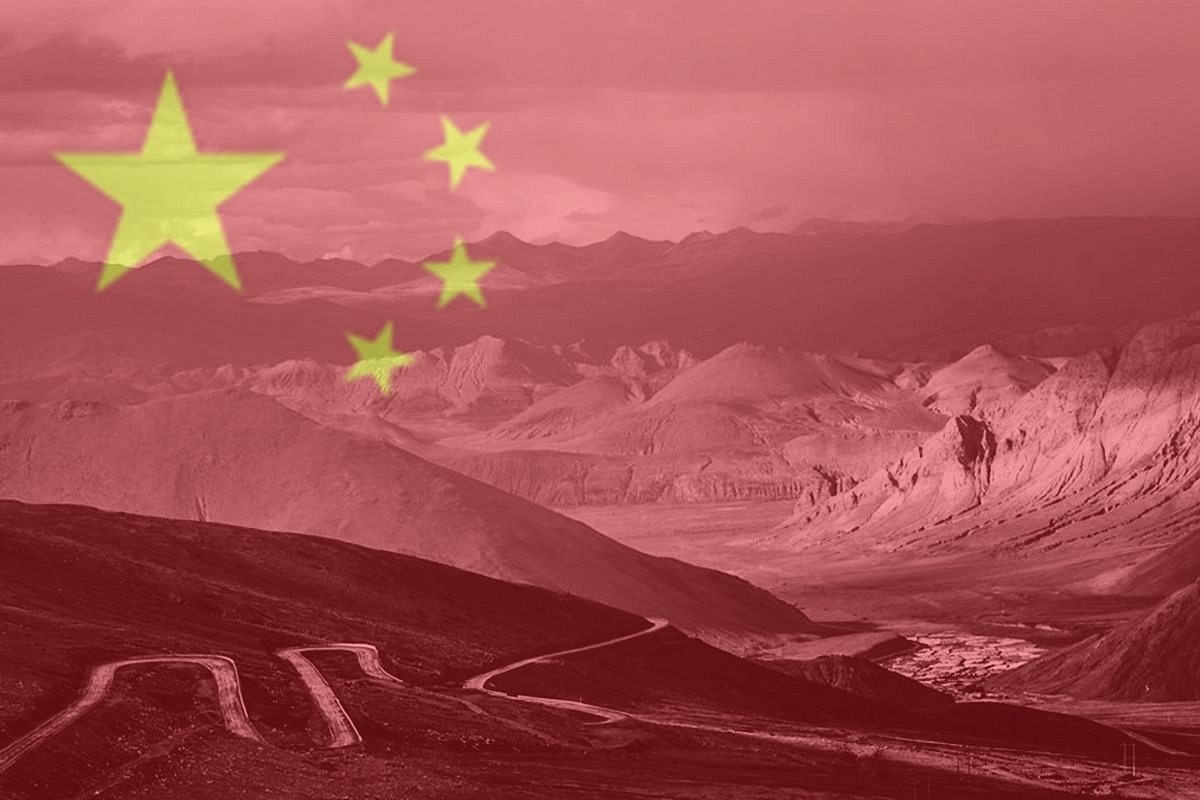Context
Tawang Intrusion: Here's Everything You Wanted To Know About Indian Army's Clash With The PLA

A representative image of India's border with China.
Defence Minister Rajnath Singh made a statement in Parliament on the face-off amid attacks from the opposition on Tuesday, 13 December.
There have been no other updates from the government post this statement.
A little more than two days after it was revealed that Chinese soldiers were involved in clashes with Indian troops in the Tawang sector in Arunachal Pradesh, here's what we know.
First, it appears the Indian side had sufficient intel warning about Chinese movements and was able to pre-deploy troops to counter Chinese aggression.
Second, Indian troops at the clash site were quickly reinforced from closely located rear echelons. Some reports suggest that this happened within 30 minutes of the clashes.
Third, the Chinese side had to resort to firing warning shots after they were forced to retreat from the site of the face-off.
Fourth, the Chinese side was armed with melee weapons, including taser guns, but it appears they were matched by similarly equipped Indian troops (minus taser guns).
Fifth, the conflict is over the control over a 17,000 ft high peak which provides a commanding view of the area on both sides of the Line of Actual Control (LAC).
We also know that the Indian Air Force was forced to scramble Su-30MKI jets to deter Chinese drones in the region. This happened in the weeks before the clashes in Tawang.
Later this month, the Indian Air Force will conduct a major military exercise in the northeast. A no-fly-zone notification for the exercise was issued earlier this month.
China's Interest In Arunachal
China claims almost the entire state of Arunachal Pradesh as part of Tibet. It has, in recent decades, gone back on its offer of concessions in the east (Arunachal) in exchange for India dropping its claim on Aksai Chin and parts of eastern Ladakh under Chinese control in the west.
Apart from tactical reasons, it is Tawang's strong link to Tibetan Buddhism that drives China's claims on this part of Arunachal.
China's Border Consolidation Project In Tibet
China is building hundreds of Xiaokang (well-off) border defence villages along Tibet's frontier with India.
The villages give the People's Liberation Army eyes and ears in far flung border areas and allow China to assert its territorial claims. Dozens of such villages have come up along the frontier in Arunachal, including areas close to the site of the 9 December face-off.
The Modi government is responding to China's border consolidation project with a border villages programme of its own.
This tracker will be updated daily. Check back later for more updates.
Introducing ElectionsHQ + 50 Ground Reports Project
The 2024 elections might seem easy to guess, but there are some important questions that shouldn't be missed.
Do freebies still sway voters? Do people prioritise infrastructure when voting? How will Punjab vote?
The answers to these questions provide great insights into where we, as a country, are headed in the years to come.
Swarajya is starting a project with an aim to do 50 solid ground stories and a smart commentary service on WhatsApp, a one-of-a-kind. We'd love your support during this election season.
Click below to contribute.
Latest